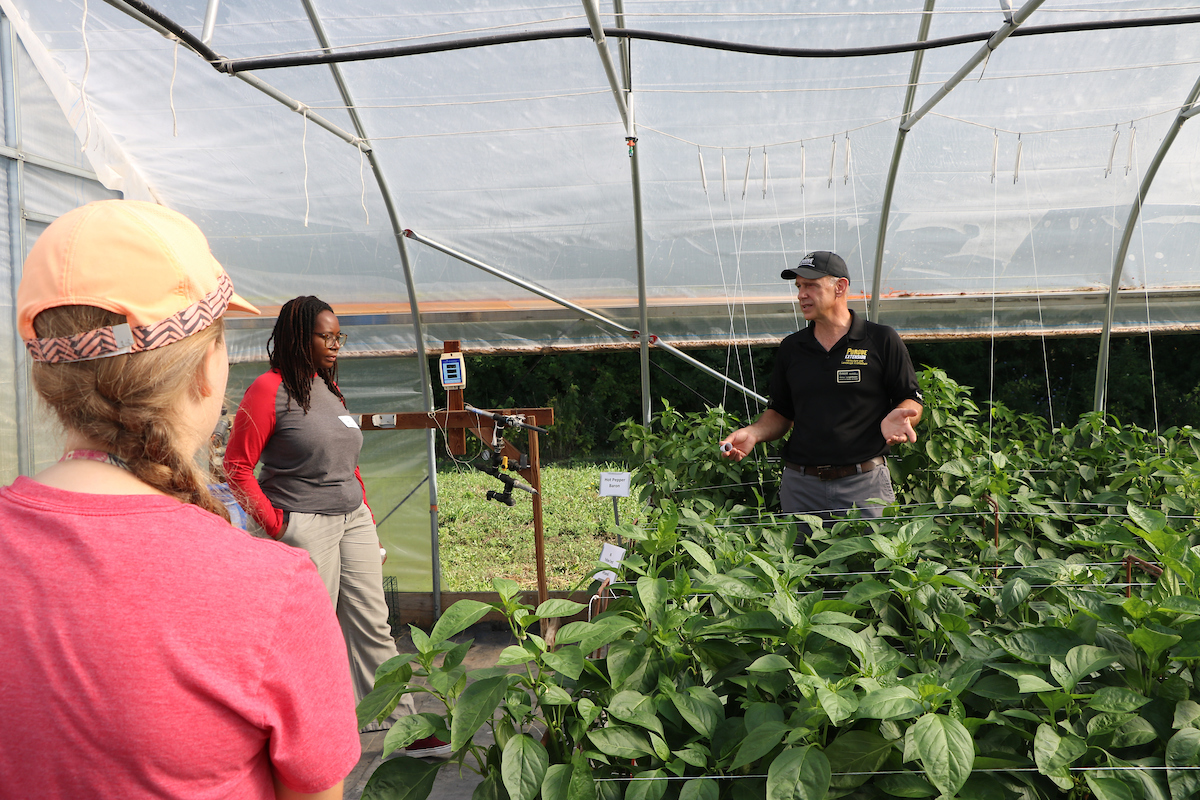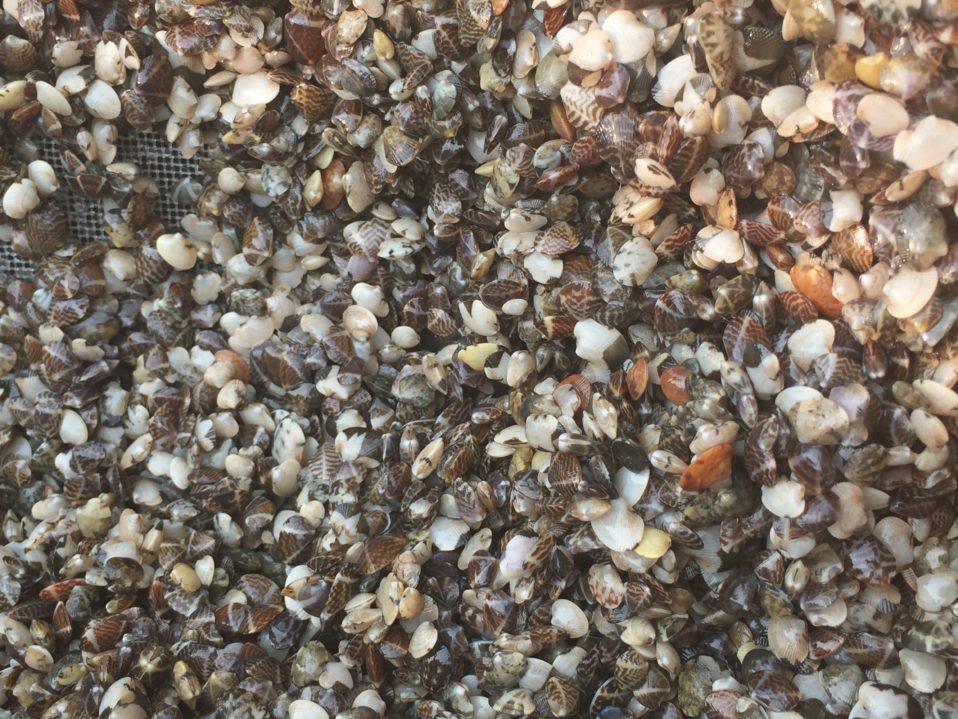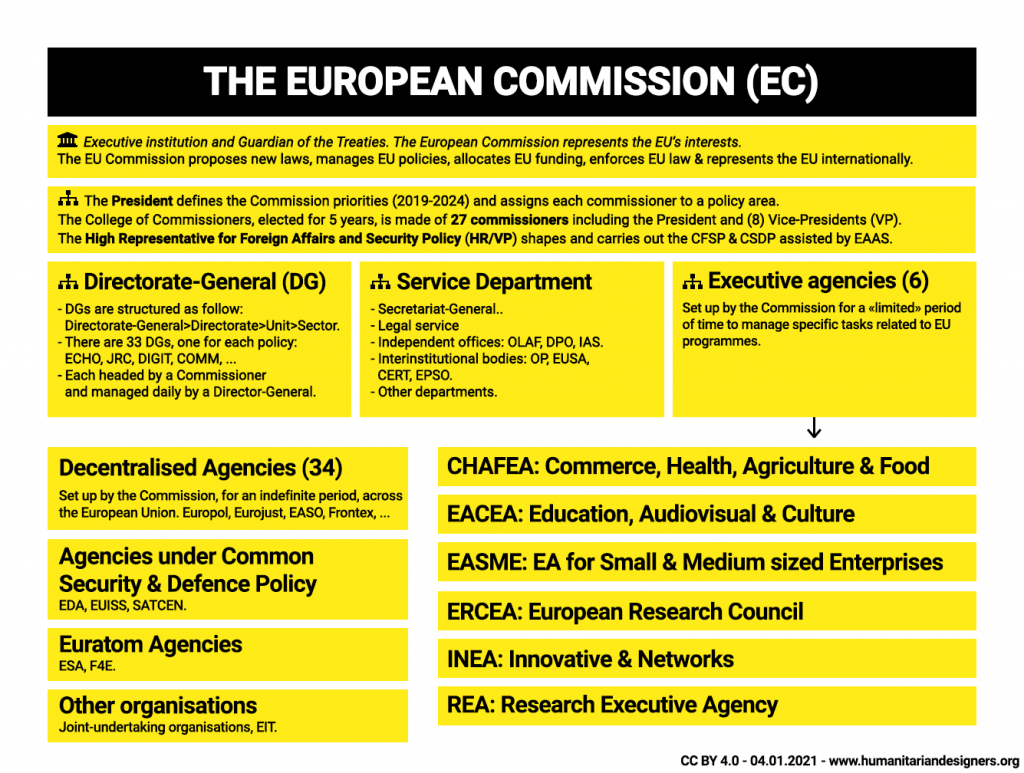
The Best Monumental Olive Tree of Spain 2024 Awarded to Millennial Olive Tree in Sénia Territory
Rome
The millennial olive tree in Cervera del Maestre, part of the Globally Important Agricultural Heritage Systems (GIAHS) in the Sénia Territory, has been awarded the Best Monumental Olive Tree of Spain 2024 by the Spanish Association of Olive Municipalities. This award reinforces the historical and cultural value of the olive trees in this area, which is globally recognized for its dense concentration of millennial olive trees.
Recovered in 2019 thanks to the combined efforts of the Mancomunidad Taula del Sénia, the Sénia Territory Association, and the local city council, the olive tree has been reintegrated not only into agricultural production but also into the environmental, touristic, cultural, and sporting activities of the community.
The Sénia Territory is part of the Globally Important Agricultural Heritage Systems (GIAHS), designated in 2018, highlighting areas where biodiversity is preserved alongside sustainable agricultural techniques. The recognition of this olive tree underscores the importance of conserving these living relics, essential both for biodiversity and for the cultural heritage of the region.
This is the seventh award received by an olive tree from the Sénia Territory, underscoring the region as a leader in the conservation of olive heritage and the development of olive tourism, significantly contributing to the economic development and environmental sustainability at the junction of the Valencian Community, Catalonia, and Aragon.
About the Sénia Territory Millennial Olive Agricultural System
The “Sénia Territory” is located at the convergence of the Valencian Community, Catalonia, and Aragon. This area includes 27 Spanish municipalities, linked by their geography, history, language, and culture, and it boasts the highest concentration of millennial olive trees in the world.
The presence of 5,000 century-old olive trees makes this district a unique place that offers local communities numerous opportunities for rural development—including the recovery of ancient abandoned olive trees and their reintroduction into production for oil extraction—and greater cooperation among economic sectors, alongside “olive tourism” and other advantages.
The average annual production of olive oil in the area is estimated at over 12,000 tons. These income-generating activities have notably helped improve the living conditions of the local population. Additionally, the presence of different olive varieties in each grove enhances flower pollination. By preserving these varieties, biodiversity is also supported.
About GIAHS
The FAO’s Globally Important Agricultural Heritage Systems (GIAHS) program helps identify ways to mitigate the threats faced by farmers and to enhance the benefits derived from these systems.
Essential for achieving food security and livelihood sustainability, 86 sites in 26 countries have been officially designated as Globally Important Agricultural Heritage Systems (GIAHS), dynamic spaces where culture, biodiversity, and sustainable agricultural techniques coexist.
Related Information
Web del SIPAM GIAHS website – Sénia Territory Millennial Olive Agricultural System
SDGs, Targets, and Indicators
| SDGs | Targets | Indicators |
|---|---|---|
| SDG 2: Zero Hunger | Target 2.4: By 2030, ensure sustainable food production systems and implement resilient agricultural practices that increase productivity and production, that help maintain ecosystems, that strengthen capacity for adaptation to climate change, extreme weather, drought, flooding and other disasters and that progressively improve land and soil quality. | Indicator 2.4.1: Proportion of agricultural area under productive and sustainable agriculture |
| SDG 15: Life on Land | Target 15.1: By 2020, ensure the conservation, restoration and sustainable use of terrestrial and inland freshwater ecosystems and their services, in particular forests, wetlands, mountains and drylands, in line with obligations under international agreements. | Indicator 15.1.1: Forest area as a proportion of total land area |
| SDG 17: Partnerships for the Goals | Target 17.6: Enhance North-South, South-South and triangular regional and international cooperation on and access to science, technology and innovation and enhance knowledge sharing on mutually agreed terms, including through improved coordination among existing mechanisms, in particular at the United Nations level, and through a global technology facilitation mechanism. | Indicator 17.6.1: Number of science and/or technology cooperation agreements and programmes between countries |
1. Which SDGs are addressed or connected to the issues highlighted in the article?
- SDG 2: Zero Hunger
- SDG 15: Life on Land
- SDG 17: Partnerships for the Goals
The article discusses the conservation and sustainable use of olive trees in the Sénia Territory, which is part of the Globally Important Agricultural Heritage Systems (GIAHS). This aligns with SDG 2, which aims to ensure sustainable food production systems. The article also mentions the importance of preserving biodiversity and supporting the cultural heritage of the region, which relates to SDG 15. Additionally, the collaborative efforts of various organizations and the recognition received by the olive tree highlight the importance of partnerships, connecting to SDG 17.
2. What specific targets under those SDGs can be identified based on the article’s content?
- Target 2.4: By 2030, ensure sustainable food production systems and implement resilient agricultural practices that increase productivity and production, that help maintain ecosystems, that strengthen capacity for adaptation to climate change, extreme weather, drought, flooding and other disasters and that progressively improve land and soil quality.
- Target 15.1: By 2020, ensure the conservation, restoration and sustainable use of terrestrial and inland freshwater ecosystems and their services, in particular forests, wetlands, mountains and drylands, in line with obligations under international agreements.
- Target 17.6: Enhance North-South, South-South and triangular regional and international cooperation on and access to science, technology and innovation and enhance knowledge sharing on mutually agreed terms, including through improved coordination among existing mechanisms, in particular at the United Nations level, and through a global technology facilitation mechanism.
Based on the article’s content, the specific targets that can be identified are Target 2.4, Target 15.1, and Target 17.6.
3. Are there any indicators mentioned or implied in the article that can be used to measure progress towards the identified targets?
- Indicator 2.4.1: Proportion of agricultural area under productive and sustainable agriculture
- Indicator 15.1.1: Forest area as a proportion of total land area
- Indicator 17.6.1: Number of science and/or technology cooperation agreements and programmes between countries
The article does not explicitly mention indicators, but based on the identified targets, the following indicators can be used to measure progress: Indicator 2.4.1, Indicator 15.1.1, and Indicator 17.6.1.
4. Create a table with three columns titled ‘SDGs, Targets and Indicators’ to present the findings from analyzing the article.
| SDGs | Targets | Indicators |
|---|---|---|
| SDG 2: Zero Hunger | Target 2.4: By 2030, ensure sustainable food production systems and implement resilient agricultural practices that increase productivity and production, that help maintain ecosystems, that strengthen capacity for adaptation to climate change, extreme weather, drought, flooding and other disasters and that progressively improve land and soil quality. | Indicator 2.4.1: Proportion of agricultural area under productive and sustainable agriculture |
| SDG 15: Life on Land | Target 15.1: By 2020, ensure the conservation, restoration and sustainable use of terrestrial and inland freshwater ecosystems and their services, in particular forests, wetlands, mountains and drylands, in line with obligations under international agreements. | Indicator 15.1.1: Forest area as a proportion of total land area |
| SDG 17: Partnerships for the Goals | Target 17.6: Enhance North-South, South-South and triangular regional and international cooperation on and access to science, technology and innovation and enhance knowledge sharing on mutually agreed terms, including through improved coordination among existing mechanisms, in particular at the United Nations level, and through a global technology facilitation mechanism. | Indicator 17.6.1: Number of science and/or technology cooperation agreements and programmes between countries |
Copyright: Dive into this article, curated with care by SDG Investors Inc. Our advanced AI technology searches through vast amounts of data to spotlight how we are all moving forward with the Sustainable Development Goals. While we own the rights to this content, we invite you to share it to help spread knowledge and spark action on the SDGs.
Fuente: fao.org

Join us, as fellow seekers of change, on a transformative journey at https://sdgtalks.ai/welcome, where you can become a member and actively contribute to shaping a brighter future.







